Last Updated on August 5, 2021
PLOT: An elderly man endures a hellish day at a very strange amusement park in an allegory for ageism and elderly abuse.
REVIEW: Back in 1973, George A. Romero and his company Latent Image were hired by the Lutheran Service Society – described as a "faith-based provider of human services" for "seniors and others in need" – to make an educational film about ageism and elderly abuse. The result was The Amusement Park, and the story goes that when the Lutheran Society saw what Romero had made, they decided that it was too disturbing to present to the public. They shelved it, and were so successful at keeping it from the public that few Romero fans had even heard of this movie before a print was unearthed in 2018, a year after the director had passed away.
You may wonder why the Lutherans wouldn't expect a master of horror to deliver something that was more disturbing than they were comfortable with, but at that point in Romero's career the idea of him making something like the Lutherans were looking for wasn't so off-the-wall. Sure, he had already given the world the classic Night of the Living Dead, but most of his horror features were still far ahead of him. He had also made the hippie drama There's Always Vanilla and the sort of "horror adjacent" Season of the Witch, but at this time he was still making commercials and industrial films, as well as the sports documentary series The Winners. So an educational film on the mistreatment of older people would fit right in with those other projects.
And yet the movie Romero and screenwriter Walton Cook crafted when given this assignment is so bizarre, it's somewhat baffling that they ever could have thought the Lutheran Service would go along with it. Although the folks at the George A. Romero Foundation have said The Amusement Park is not a horror movie, I feel that it absolutely qualifies as psychological horror. It's quite disturbing and mind-boggling, and equally experimental and artistic. The unexpected choices begin with the concept: who other than Romero and Cook would think of setting an examination of ageism in an amusement park?
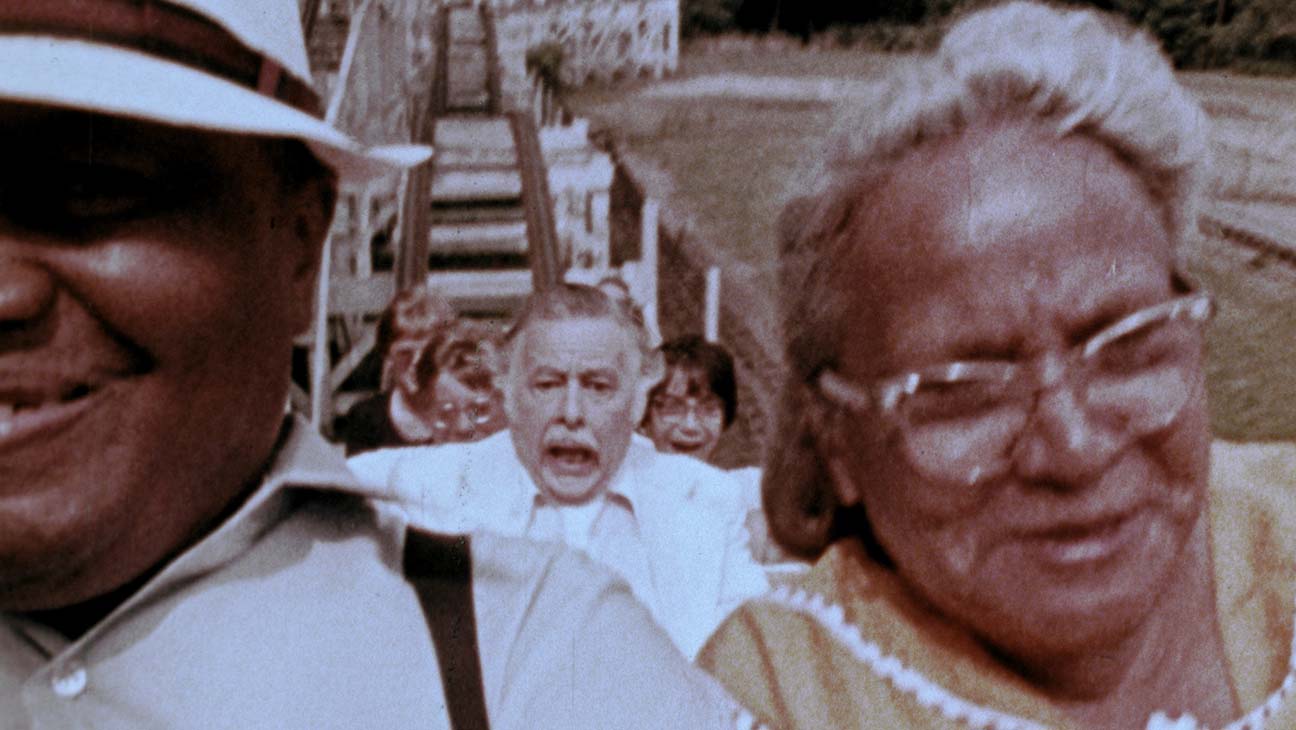
The film stars Lincoln Maazel, known to Romero fans for playing Cuda in Martin. It always seemed a shame that Martin was the only movie Maazel ever had a substantial role in, so to see him take the lead in this 54 minute movie was a treat. Even though his character gets put through the wringer, it was great to be able to watch Maazel again for such a long time. The actor, who addresses the audience directly during the lengthy introduction and informs the audience that he'll be turning "71 years of age" on his next birthday, plays an elderly man who makes the bad decision to spend the day at an amusement park where other elderly people are shown trading undervalued personal possessions for ride tickets. The film was shot at West View Park, an amusement park that was located just north of Pittsburgh and closed down a few years after this, having declined in popularity after 71 seasons.
During his time in the amusement park, where rides have restrictions like income minimums for their passengers, the man experiences and/or witnesses all sorts of troubling scenarios, and there were some where I wasn't even sure what they were supposed to represent. Others are very obvious, like when an old couple's ride on the bumper cars ends with them arguing with a younger bumper car driver (Romero himself in a cameo) over who was responsible for a collision. A cop and an insurance man even get pulled into the argument. Through it all, Romero's editing and the sound design work to keep us as perturbed and discombobulated as possible.
One of the most harrowing sequences actually doesn't involve Maazel's character, but comes when a visit to a fortune teller results in visions of an elderly woman making desperate phone calls to a doctor, trying to get help for her husband, who appears to be dying in their apartment, which is inside a poorly maintained building. Given that this sequence takes us away from the allegories of the amusement park and offers a glimpse of a more straightforward but still nightmarish day in the life of an elderly person, I imagine that's something closer to what the Lutherans were initially hoping to see in the educational film they commissioned. It's definitely easier to decipher than the dining sequence that's set to library music that was also featured in Dawn of the Dead, or the scene where menacing bikers show up and advance toward Maazel through the use of jump cuts while a masked Grim Reaper looks on.
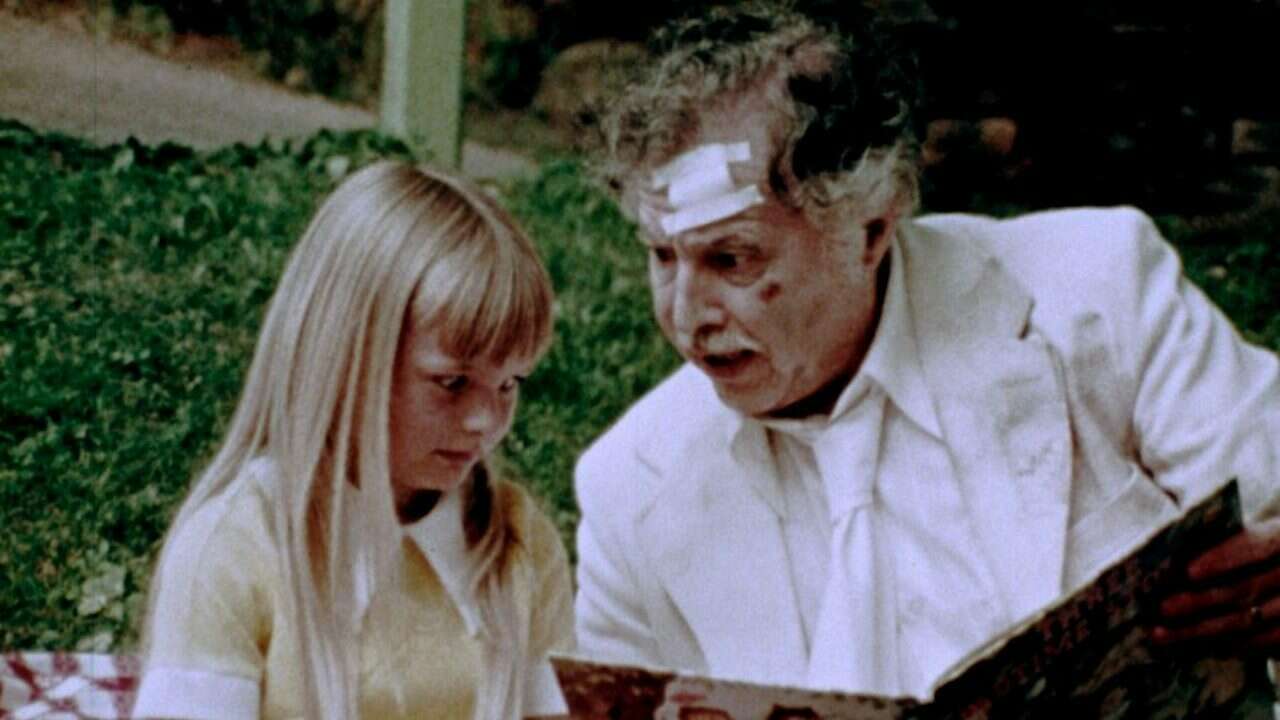
With the release of The Amusement Park, we have a new film to call Romero's strangest, but it's also a fascinating entry in his overall filmography. It's understandable that the Lutheran Society didn't appreciate it, but many Romero fans will. The director and screenwriter were certainly asking the audience to ponder the things they were being shown, and I'm sure a lot of viewers are going to be poring over every moment now that the film has finally been set loose in the world. Adding further appeal to the film for genre fans is the fact that Bill Hinzman, known as the Cemetery Ghoul from Night of the Living Dead, was the cinematographer.
I didn't always "get it", but I was always captivated, happy to see "new" Romero and to see Maazel in another role, while being impressed by the artistry.
The Amusement Park will be available to watch on the Shudder streaming service as of June 8th.











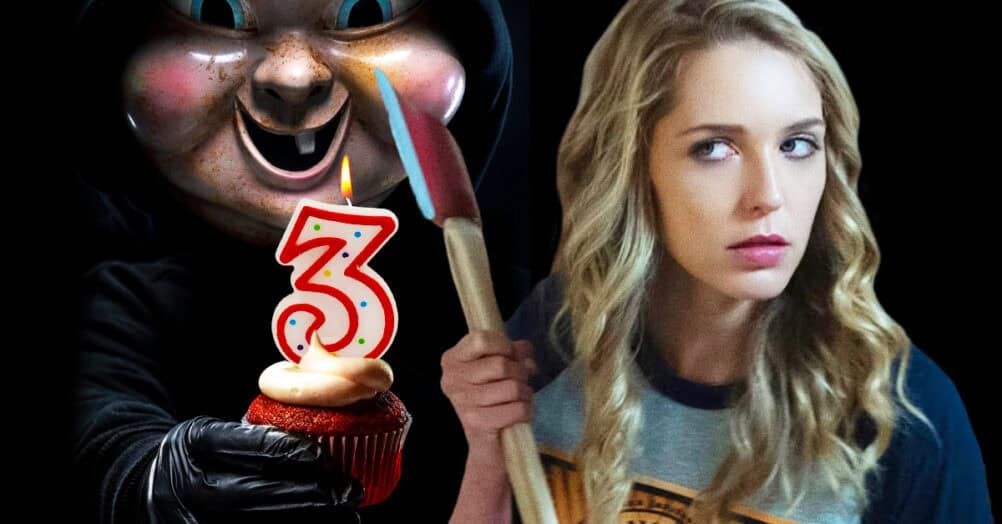


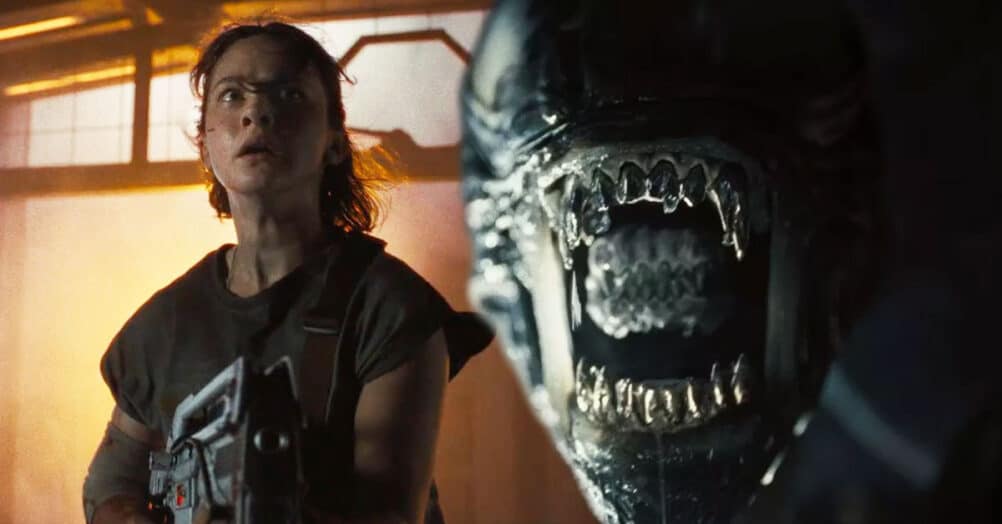


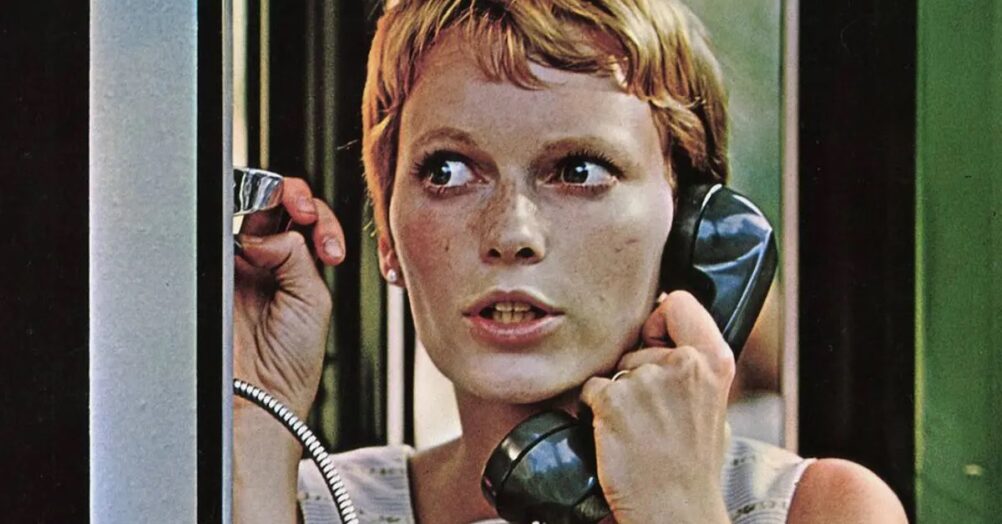
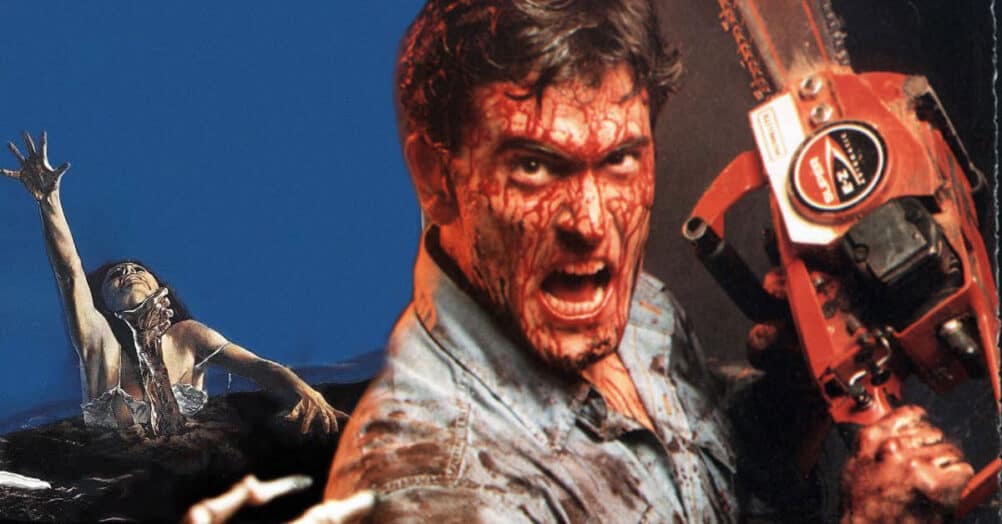

Follow the JOBLO MOVIE NETWORK
Follow us on YOUTUBE
Follow ARROW IN THE HEAD
Follow AITH on YOUTUBE